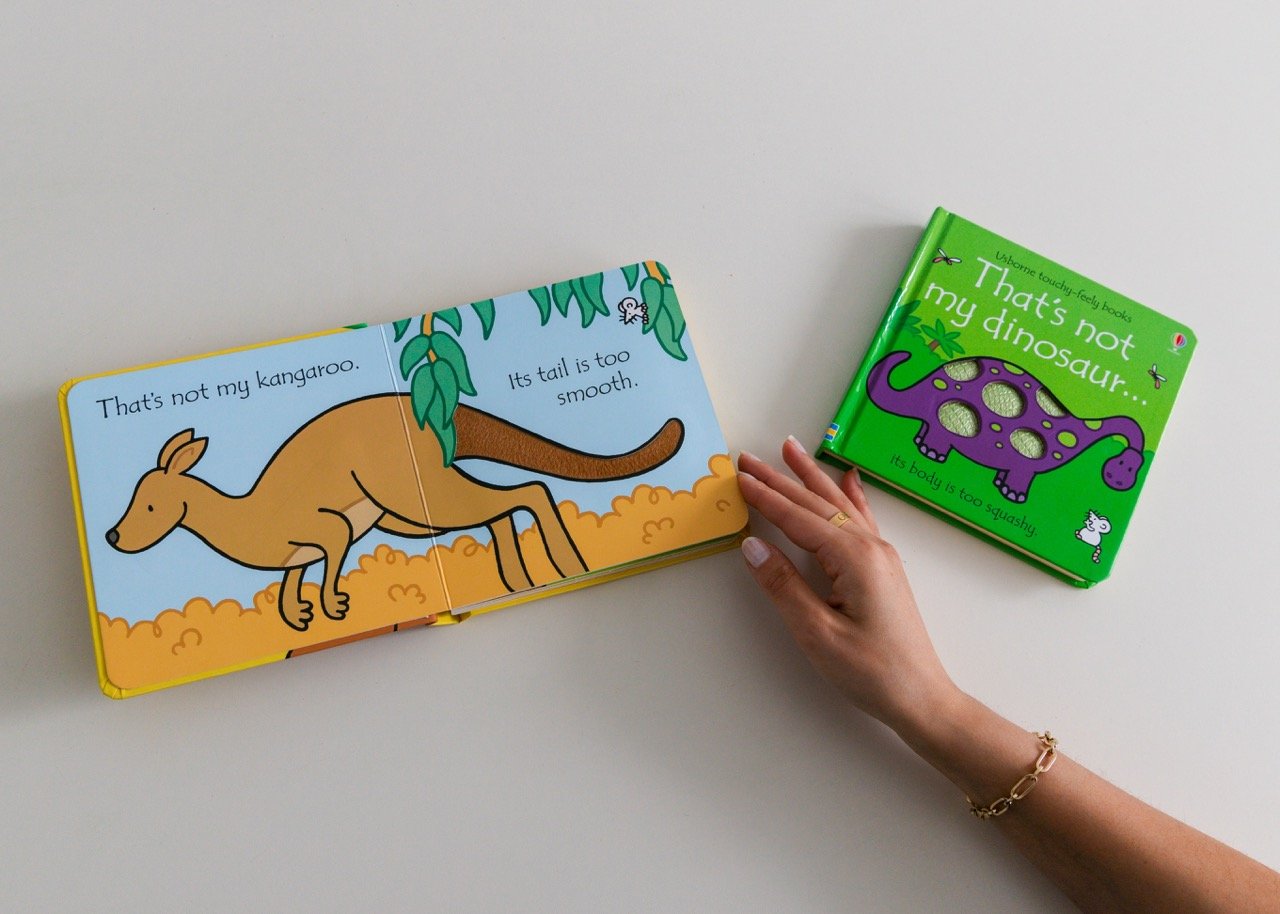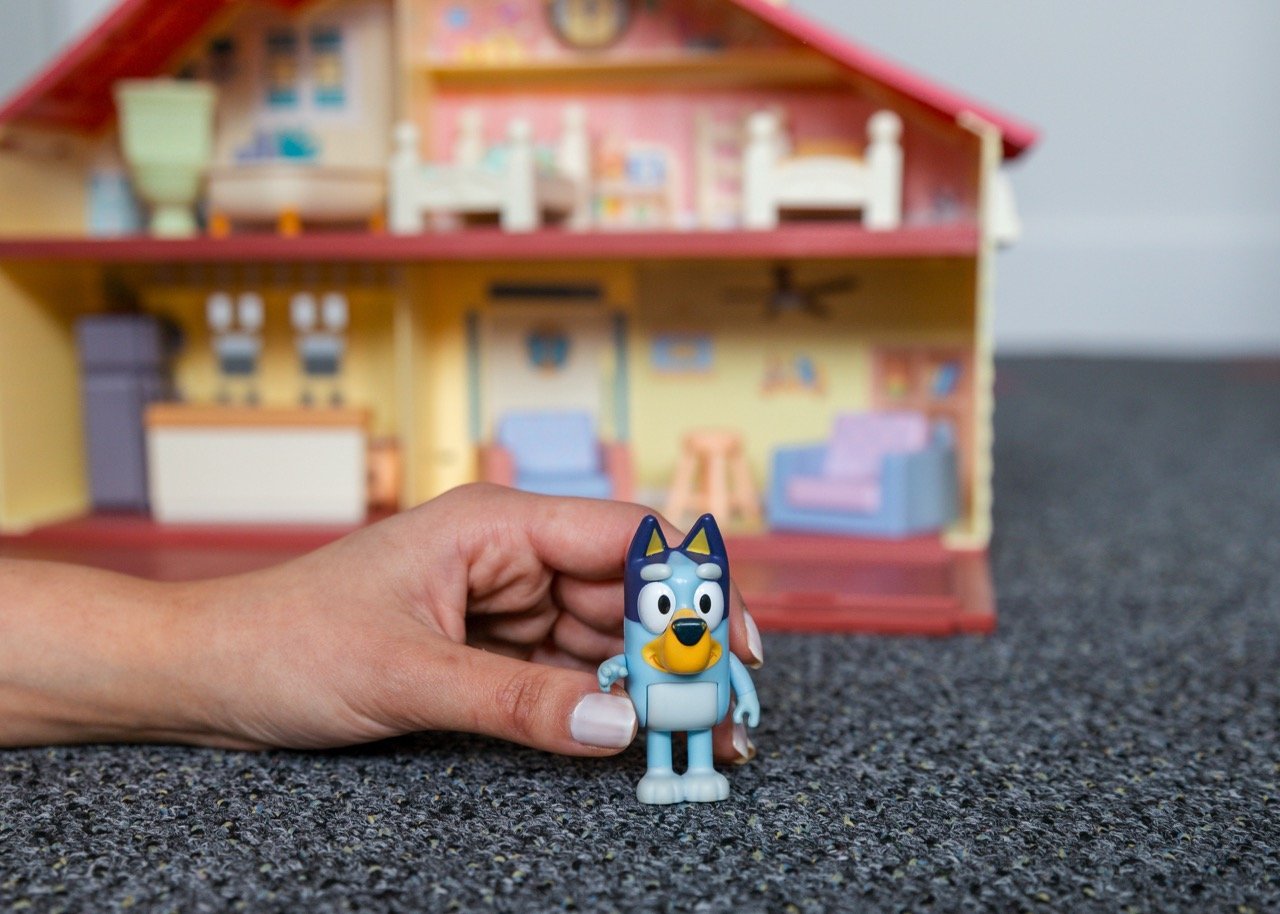Pre-school Stuttering
In this resource article we will explore preschool stuttering and discuss the Lidcombe approach, the gold standard therapy approach that can be used to help decrease stuttering in this population.
Stuttering is a common speech fluency disorder that affects people of all ages and backgrounds. While it may be more prevalent in young children, it is important to understand that stuttering has no correlation with intelligence, as a person's ability to communicate ideas and thoughts is not determined by their fluency of speech. In fact, it is simply a variation in speech patterns that can be managed and supported.
Let's dive in and discover how we can create a nurturing environment for preschoolers who stutter.
Understanding Stuttering
Stuttering is characterised by disruptions in the normal flow of speech, which can manifest in various ways. It is essential to recognize and appreciate the different types of stuttering to create a supportive atmosphere for affected children:
Repetitions
These are repetitions of sounds, words, or phrases. For instance, a child may repeat a sound like "b-b-b-ball," a word like "can-can-can I," or a phrase like "I want-I want-I want a toy."
Prolongations
Prolongations involve stretching out sounds or syllables. For example, a child may hold the sound "sssssssun" for an extended period before completing the word.
Blocks
Blocks occur when a child is unable to produce any sound or airflow, resulting in a pause or hesitation during speech. It may appear as if the child is "stuck" on a particular sound or word.
Understanding the Lidcombe Approach
The Lidcombe Program is an evidence-based early intervention approach for children up to 7-years-old who stutter. Developed in Australia, it focuses on providing support within the child's natural environment, typically their home or preschool setting. The program primarily involves two key components:
Parent/Carer Training
In the Lidcombe Program, parents or caregivers are trained to provide direct feedback to the child regarding their speech. They use a specific technique called "smooth talking" to practise fluent speech without interruptions or pressure. By providing authentic verbal praise when the child has fluent speech moments, parents can create a supportive environment that encourages fluency.
Regular Clinic Visits
Alongside the home-based program, the Lidcombe approach involves regular visits to a speech-language pathologist (SLP). During these visits, the SLP assesses the child's progress, guides parents in implementing the program effectively, and provides ongoing support to both the child and their family.
Promoting Positive Attitudes
It is crucial to approach preschool stuttering with a positive and inclusive mindset. Here are some essential points to remember.
Encourage Open Communication: Create an open and understanding environment where children feel comfortable talking about their stuttering. Encourage questions and discussions, fostering an atmosphere of acceptance and empathy.
Foster Confidence: Focus on building the child's overall confidence and self-esteem. Recognize and celebrate their strengths and accomplishments outside of speech, highlighting that stuttering does not define their worth.
Educate Others: Help others, including teachers, classmates, and family members, understand stuttering as a natural variation in speech. Promote empathy and encourage them to be patient and supportive listeners.
Stuttering is a part of the diverse tapestry of human communication. By embracing preschoolers who stutter and employing supportive approaches like the Lidcombe Program, we can empower these children to express themselves freely and with confidence.
The Wonder Words approach
At Wonder Words Speech Pathology, we have a number of therapists who are trained in the Lidcombe Program. Here is how they incorporate our values into their therapy:
We Find the Fun
Incorporating the value of "We find the fun" in therapy with the Lidcombe Program can involve making the treatment sessions engaging and enjoyable for the client. Our speech pathologists can utilise playful and interactive techniques to create a positive and exciting environment. By incorporating games, toys, and age-appropriate activities, therapy sessions become a source of fun for the child, fostering their motivation and enthusiasm for participating in the program.
We Hustle
The value of "We hustle '' aligns with the dedicated and proactive nature of the Lidcombe Program. Our speech pathologists, along with parents or caregivers, work diligently to implement the program consistently and efficiently. This involves regular practice, monitoring the child's progress, and adjusting strategies as needed. The collaborative effort demonstrates a commitment to the child's well-being and progress, reflecting the value of perseverance and hard work.
We Respect and Connect
Respecting and connecting with the child is essential when implementing the Lidcombe Program. Our speech pathologists prioritise building a strong rapport and trust with the child, creating a safe and supportive space for them to express their thoughts and feelings about their stuttering. By valuing and acknowledging the child's emotions and experiences, therapists establish a meaningful connection, fostering a positive therapeutic relationship throughout the program.
We're in it Together
The value of "We're in it together" perfectly encapsulates the collaborative nature of the Lidcombe Program. The program emphasises the active involvement of parents or caregivers as key participants in the therapy process. Our speech pathologists work closely with families, providing guidance, support, and education about the program. Together, they form a team, united in their commitment to help the child decrease stuttering and improve their overall communication skills.



